Huesera's Director On Why Her Queer, Folk Horror Film Is About Freedom
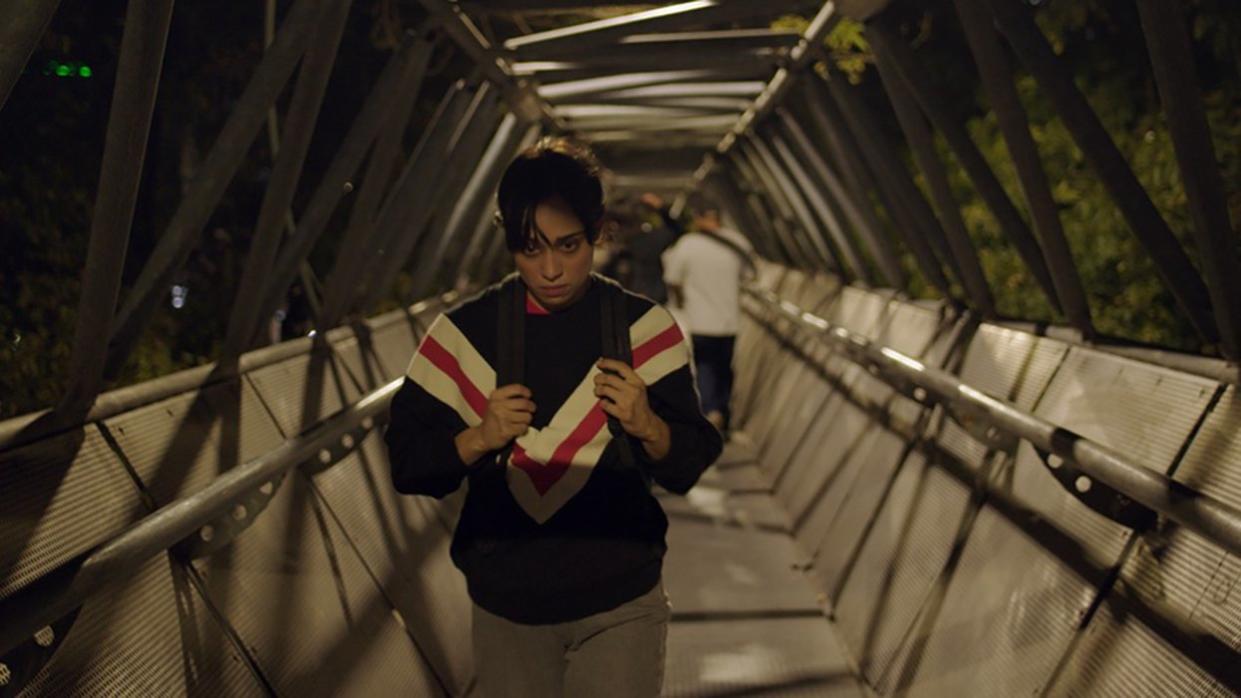
The first time I watched Huesera: The Bone Woman, my jaw dropped as the credits rolled. I couldn't believe what a beautiful, daring, and queer film I had just watched unfold. It only got better with subsequent viewings, as the themes further revealed themselves in both quiet and now obvious ways. The impact of the bold choices that director (and co-writer alongside Abia Castillo) Michelle Garza Cervera made never lessened.
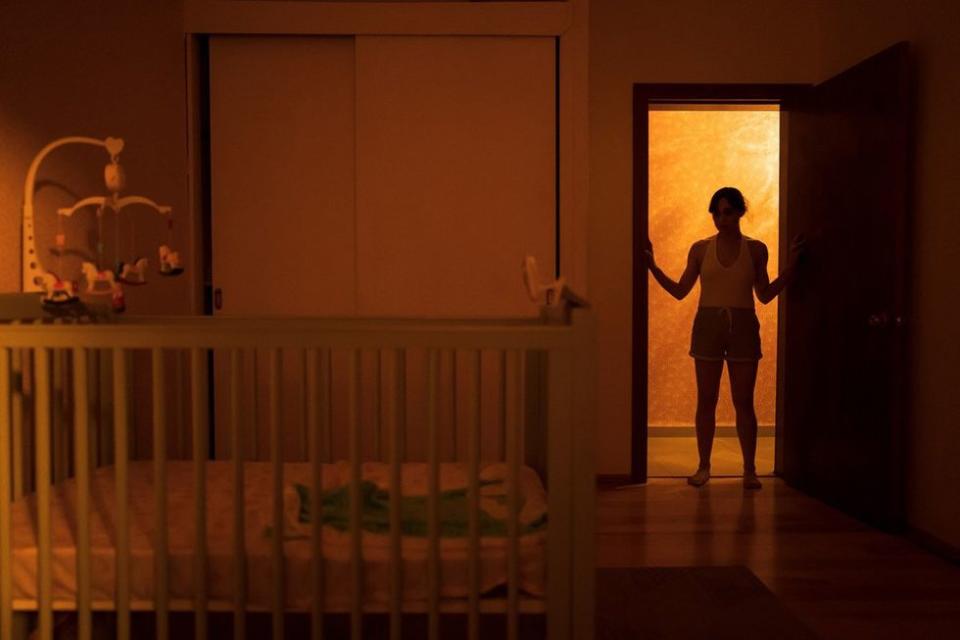
Courtesy of XYZ Films
The film follows Valeria (Natalia Solián), a young woman who is at first thrilled to discover that she has conceived, but starts to have doubts that spiral into outright terror when she begins to believe she’s being stalked by an entity straight out of a folktale, La Huesera — although with Garza’s spin. The director explains she adapted the tale to her ends. “The legend speaks about an elder woman in the border deserts between Mexico and the U.S., she digs out bones from the desert and puts together a skeleton, and through a ritual, she gives life to this animal that is like a wolf that when it runs away, you can see the fear of a woman like running through it free in the desert,” Cervera explains to PRIDE.
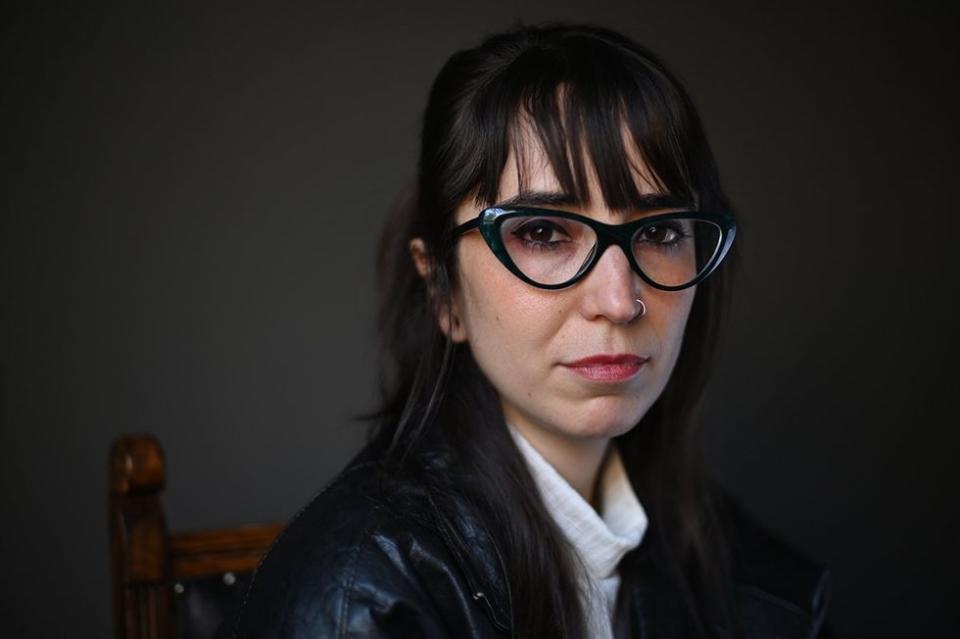
Courtesy of XYZ Films
While this melancholy yet innocuous version of the folklore doesn't appear precisely in the film — rather than assembling bones, Cervera’s Huesera snaps them with crunching glee — that tale still rings true thematically. “It really speaks about finding those pieces of yourself through a painful and exhausting process and then through a ritual to set those pieces free. It speaks about having the will to see those aspects of yourself that you don't want to accept or that are very hard to reach,” says Cervera. “I feel like it was very cinematic to keep that as bones, because they’re the most profound part of our bodies. And I feel like building that horror entity that breaks down the body of a woman to tell her something about herself, it was very perfect for a horror film.”
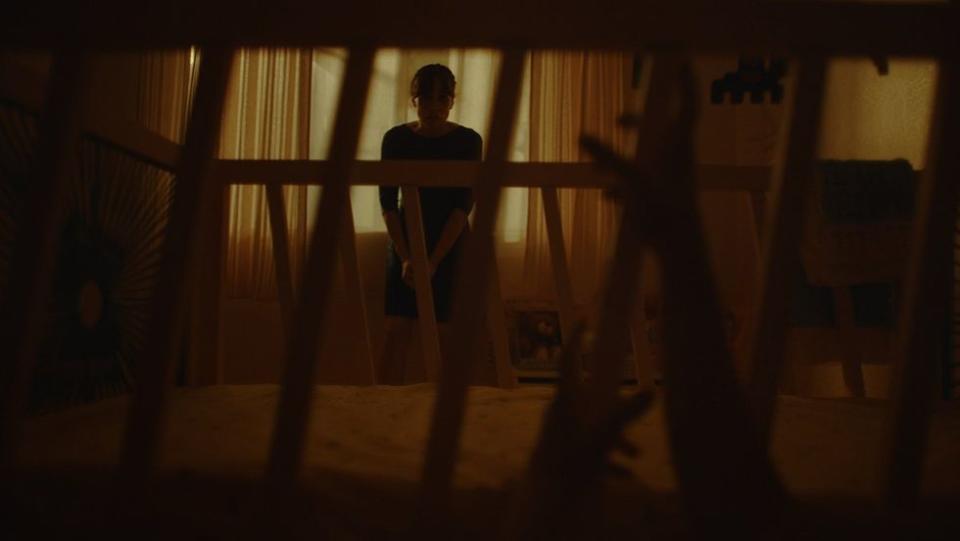
Courtesy of XYZ Films
It was a concept Cervera said took years to fully cook, but it eventually began clicking (snapping?) together, and when that happened she knew she had something special. “It started answering its own questions,” she recalls. From there, it just became about telling a story about a complex woman, that in turn honored the rarely told narrative about the complexity of women writ large. “We knew that we wanted to portray a big palette of ways of being a woman in a city like Mexico City. They kind of want to lock us up between the good or bad woman and there are so many more ways to be a woman than that,” Cervera says.
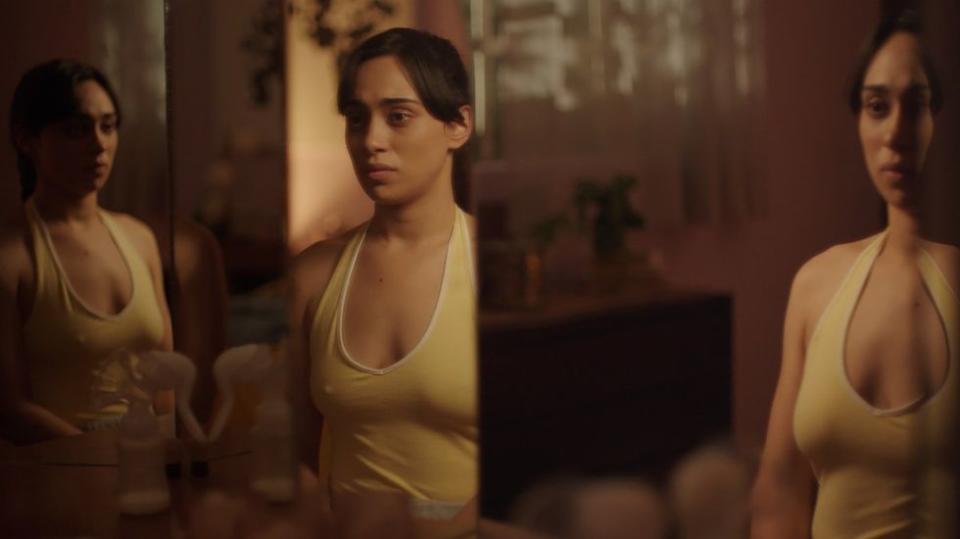
Courtesy of XYZ Films
In Valeria, she succeeds in doing just that. She’s deeply sympathetic throughout the film, even when she breaks deeply entrenched taboos about womanhood, including what it means to be a mother — and a wife.
Throughout the film, audiences learn that one of the many unexpected layers to the woman we first meet is that she is queer. An unexpected reunion with a former lover, Octavia, unlocks something in Valeria, who quickly falls back into old patterns. The inclusion of that character and Valeria’s queerness was an important and personal choice for Cervera, who herself is queer. “It was very important because, for example, in narratives like Frankenstein, we see a flawed character, a monster that feels alone, and the only thing that they want is to have a partner, someone to share these feelings,” she says. “And to me, in Huesera, it was very important to give Valeria these blankets and these characters that surround her that are there for her and that they're gonna hold her,” she further explains.
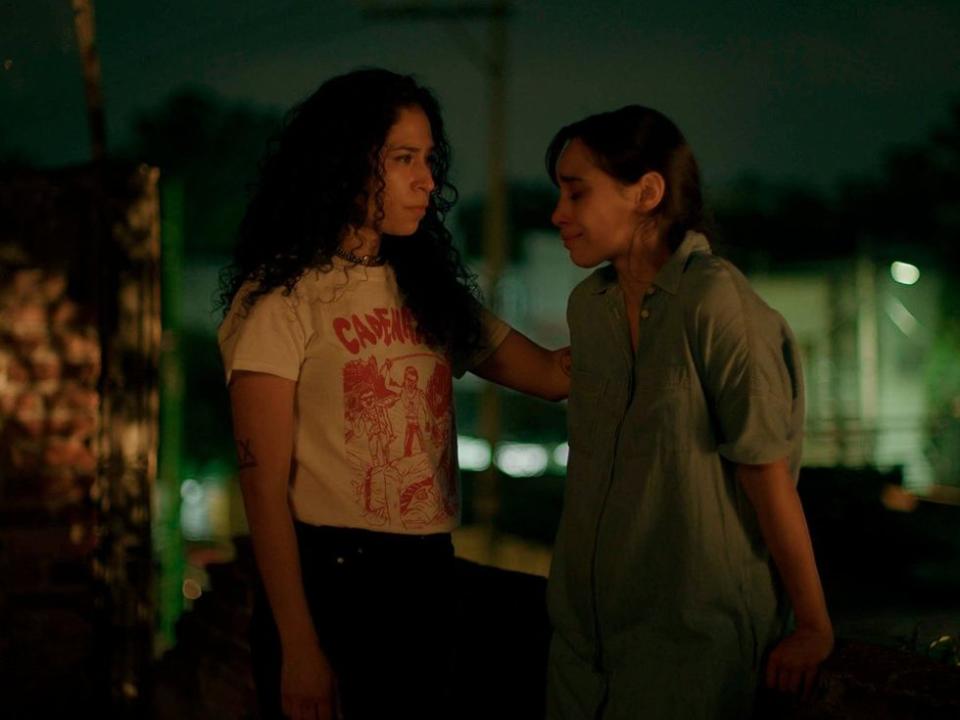
Courtesy of XYZ Films
Not only does Octavia offer support to Valeria, whose pregnancy and increasingly violent visions of Huesera leave her feeling deeply isolated, but their connection also presents a more profound meaning for the mother-to-be: Choice.
“Octavia represents that there are other ways to live this life,” says Cervera. “I find that charged with freedom because queerness, I feel like it really comes with — it's just a question mark. You don't know the path, but there is another path.”
“And it's scary too, because it's like, 'what does that mean, in my life? And how do I want to build a family? How do I want to build a home?' You don't have a marked path if you take it, but you can see these other people already there that are okay… you're gonna be fine, I'm here on the other side and you're gonna be fine. That's something that to me, it's charged with hope and I wanted to give that to the character of Velaria,” says Cervera.
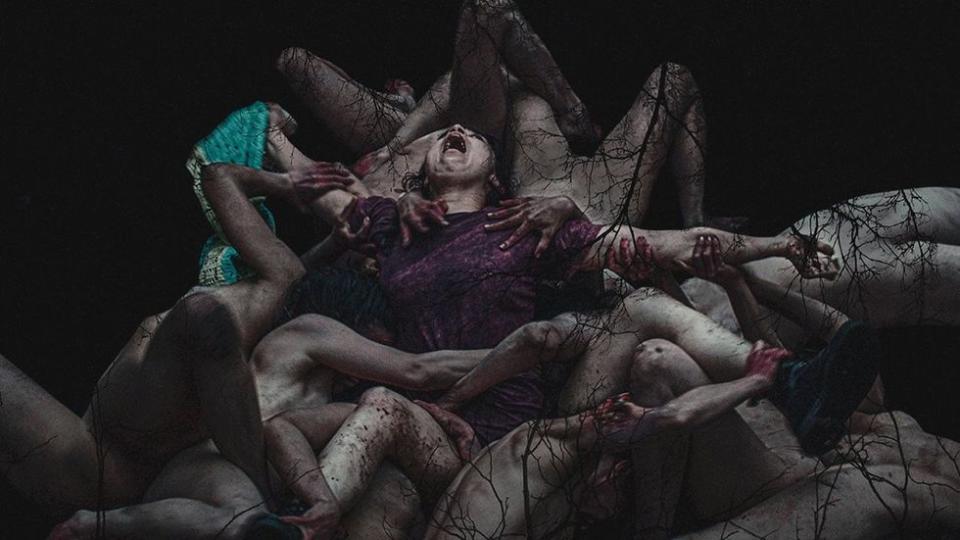
Courtesy of XYZ Films
That's not to say that the film doesn't have its share of shocking and terrifying moments. It certainly does. But it also features a powerhouse performance from Solián, marking both her and Cervera as ones to watch long after experiencing the kind of haunting ending that gets under your skin — bone deep.
Huesera premieres on Shudder on May 12. Watch the trailer below.
Huesera: The Bone Woman - Exclusive Trailer (2023) Natalia Solián, Alfonso Dosal
CORRECTION: An earlier version of this story reflected the Shudder release date as April 12.

